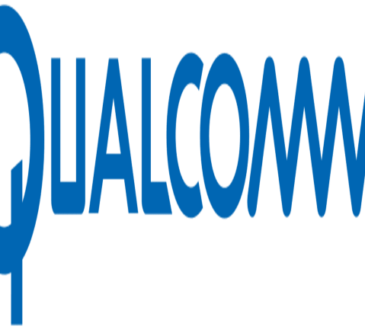
By Andrea Park
RefleXion Medical is all-in on its biology-guided radiotherapy (BgRT) system—so much so, in fact, that the startup has more than doubled its existing debt to prepare for the technology’s commercial launch.
The California-based company said Wednesday that it has closed a new US$125 million debt facility from Oxford Finance. The first US$55 million of the loan will be immediately available to help RefleXion pay off its current US$50 million in debt.
RefleXion will have access to the remaining US$70 million as it reaches certain unspecified regulatory and commercial milestones. At that point, the company said it’ll use the funding to support continued sales of its RefleXion X1 machine for radiotherapy and radiosurgery and, ultimately, to begin rolling out the BgRT technology for the platform.
Arcadia offers an approach that highlights the importance of bias mitigation and consideration of health equity issues in AI tool development, as well as several tips for reducing implicit bias and improving the equity and diversity of predictive outputs while still optimizing the organizational and financial objectives of their design.
“Among other things, these funds will allow us to expand our installation capacity and build a robust radiopharmaceutical program that will one day expand the clinical indications for BgRT to include advanced prostate and kidney cancers,” said the startup’s chief financial officer, Martyn Webster.
Undoubtedly at the top of RefleXion’s list of loan-unlocking milestones is FDA clearance for the BgRT system.
The technology uses positron emission tomography (PET) imaging and radioactive tracers to track the spread of cancer as tumors metastasize, guiding a linear accelerator’s radiation therapy directly to the tumors.
At the end of last year, the BgRT approach landed the FDA’s breakthrough device designation, indicating the agency’s belief that it represents a novel approach to a life-threatening condition and clearing away some of the obstacles on its path toward regulatory clearance. The FDA’s acknowledgment specifically highlighted the technology’s use in attacking cancer cells in the lungs, a common target for metastasizing tumors.
The BgRT system shakes up traditional cancer treatments, which traditionally reserve radiotherapy only for the treatment of one or two localized tumors. As the cells spread and progress, drug regimens become the standard of care, since it can be difficult to preserve healthy tissue while aiming radiation at multiple tumor sites.
RefleXion’s debt increase also comes not long after it took in US$80 million in venture funding. When the round closed in March, the company said it was aiming to expand the BgRT platform’s reach beyond lung tumors and shape its commercial launch around the needs of community hospitals.
In addition to integrating the BgRT technology, the RefleXion X1 machine can also provide stereotactic body radiotherapy, stereotactic radiosurgery and intensity modulated radiotherapy—all of which have already been cleared by the FDA.



